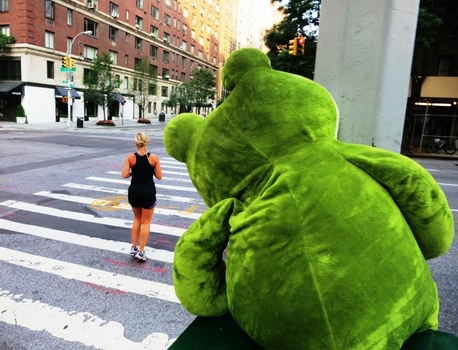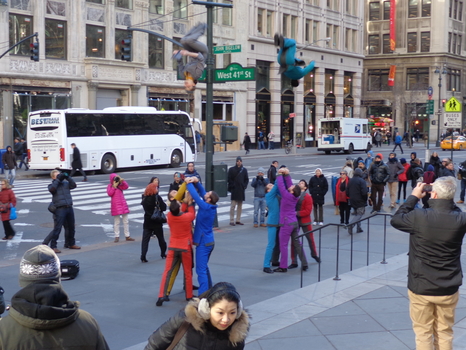In the Upstate Schenectady School district, five-year-old Jeneya Nevins boarded the wrong bus to the wrong school, assimilating herself in a first-grade classroom, a notion completely oblivious to teachers and staff. Apparently the school was expecting a new first-grader, and the kindergartner’s verbal confirmation was credence to the “board of education.” Metonymic, Of course!
Teachers credulity poised by the words of a child, and I’m being sarcastically-facetious. Abysmal is an understatement and negligence is a polite euphemism; and here’s the egregious irony. The kindergartner’s mother reported the bus returning without the child, not the school district or substitute-driver.
There’s two major discrepancy here; the bus driver and the school district, a discourse that will deviate into politics and the education system. Here’s a peculiar tangent to ponder on; a first-grader’s entire school-day integration is a tiny iota of change you can equate to the “butterfly-effect.”
Chaos theory is the science of unpredictability; the nonlinear state of chaos and ambiguity; the intermittent expectations are perpetual, and surprises are the fruition of predictability. Science has always been contingent on predictable phenomena’s that are pattern dependent and consistent with the rigors of science. Chaos theory studies the uncontrolled nonlinear things, imperceptible changes; like turbulence, disasters, weather, the financial-market-instability etc.
The “Butterfly-Effect,” concept was first coined by Edward Norton Lorenz, the pioneer of chaos theory; a meteorologist and mathematician who constructed mathematical models during the advent of computers. He discovered subtle weather prediction changes while running global climate models on his computer. On a random day he capitalized on time by running a data model in the middle instead of the beginning, resulting in two contrasting weather predictions, one based on initial conditions throughout the entire process, and another driven by portion of the data.
The semi-completed model diverged drastically, although he anticipated the computer models predictability to be identical regardless of the initial starting point. The starting points predicated a change in variables causing the two models to differ. Hence he coin the metaphor, “Butterfly-Effect,” the sensitivity of its dependence is contingent on the initial stages of a condition, which is to state a minuscule of subtle changes in any place can be deterministic in propagating chaos. Which begs an interesting question; Can deterministic equations exhibit erratic behavior – another subject…..
He theoretically correlated the metaphor to a hurricane analogy; stating that a hurricane’s formation being contingent on a butterfly’s preceding flaps in earlier weeks, the butterfly’s fragility and flaps of subtlety can alter tiny changes in the atmosphere, an initial perquisite to a hurricane or tornadoes delay or acceleration. Although this is quite a far-fetch esoteric notion; anecdotally Ofcourse, the first-graders situation is analogically correlated to the Butterfly-effect.
The incident has forced a school district reform, bus-routes transparency and first-grader photo identifications. The district says they’re re-examining buses and new student procedures; the city school district board is focused on an overall procedural reform. The mother is contriving legal action for drivers negligence and complacency at the Schenectady school district. A mere introduction to a perpetual Butterfly-effect; a district reform that can permeate the walls of congress, and the enactment of legislation, all because of a five-year-old’s arbitrary decision done in a state of naivety.
 Atelston Fitzgerald Holder 1st, Writer, Journalist & Lecturer Please Visit Official Website www.mrpregnant.com Appeared on over 20 different Cable & TV Networks.
Atelston Fitzgerald Holder 1st, Writer, Journalist & Lecturer Please Visit Official Website www.mrpregnant.com Appeared on over 20 different Cable & TV Networks.
Connect with him on Facebook mrpregnant Twitter mrpregnant and Linkedin mrpregnant











